
A Safety Management System (SMS) is a structured, top-down and organisation-wide framework that helps businesses make better decisions around their daily operations.
Safety Management Systems usually comprise four key pillars: safety policy, safety risk management, safety assurance, and safety promotion.
SMSs emphasise safety management (and Occupational Health and Safety Management (OSHA or H&S)) as being just as important as any other part of running a business.
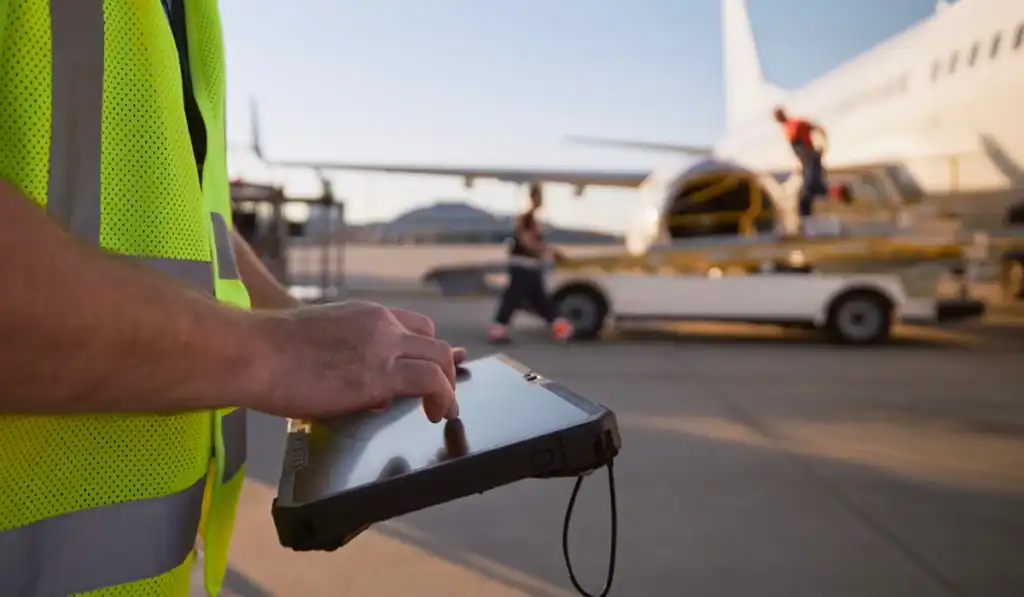
SMSs are most common in high-risk industries such as aviation, maritime, energy (particularly nuclear) and construction –but they are also gaining prominence in other hazard-prone sectors like healthcare.
Some examples of SMS legislation include:
Systematic Safety Management Systems may be a legal requirement in some higher-risk industries, but they can be adapted by any sort of organisation that wants a more complete and holistic solution to occupational health and safety.
For those industries that don’t legally require a Safety Management System, they can still be a helpful tool in meeting your region’s occupational health and safety duties (such as the UK’s Health and Safety Act, the USA’s Aviation Administration, or the EU’s OSH standards).
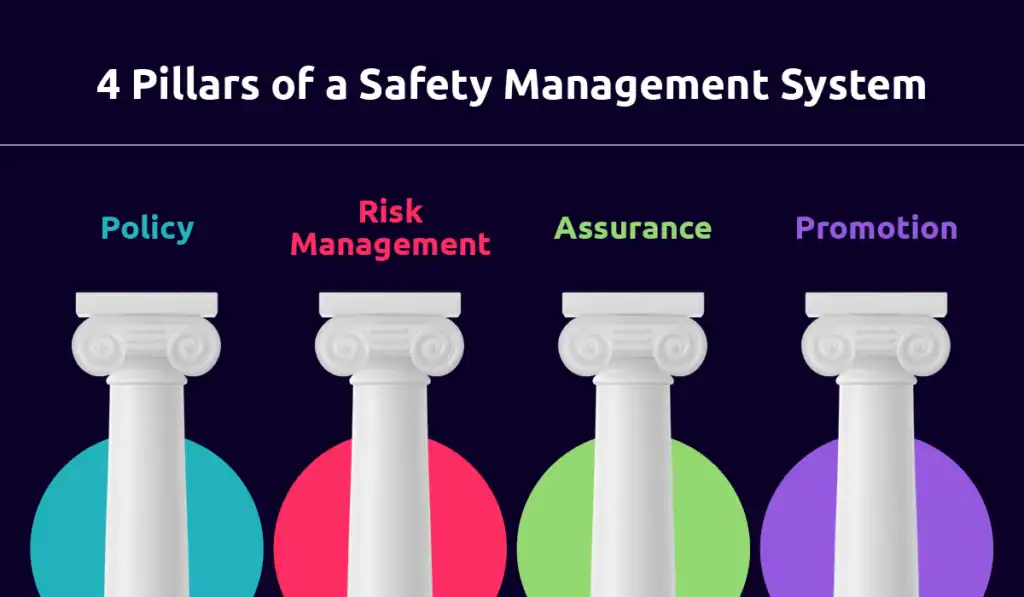
Most organisations split Safety Management Systems into four key areas:
If this all sounds pretty vague, don’t worry! We’ll break down these topics in the following sections.
An organisation’s safety policy outlines its safety objectives and commitments. It should be set out by employers and accountable managers who are committed to improving the organisation’s safety culture. A safety policy should be clear, unequivocal, and achievable.
Safety Policy will normally be drafted by top management (who will be expected to lead by example). It is important, however, that senior management actively engages with relevant groups and personnel throughout the organisation. This may include health and safety managers and trade union reps.
Balancing top-down accountability with bottom-up engagement is a good way to encourage buy-in for the new safety system.
Safety Risk Management is where the objectives of the Safety Policy become “on the ground” realities. This part will feel the most familiar if your organisation already has a health and safety process (particularly in the UK, where risk assessments are a legal requirement for most businesses).
In essence, Safety Risk Management involves:
Safety Assurance (SA) is the process of continued risk monitoring.
It’s not uncommon for organisations to create risk assessments and then forget about them. so continued assurance is important. Safety assurance highlights the importance of continuous checks, modifications and improvements of risk management solutions.
With Safety Assurance, it’s important to give your employees the tools they need to highlight and report risk. Dynamic Risk Assessments (which allow workers to create and modify risk assessments as they work) can be part of this.
More top-down audits and investigations can be part of this. Standards can easily slip over time, and former solutions can prove insufficient, so regular check-ins are important.
Safety Promotion (or Safety Culture) focuses on promoting and improving safety management systems across your business or organisation.
Safety Promotion may include:
Remember, a lot of workers worry that “health and safety” might negatively affect their efficiency. An important part of Safety Culture, therefore, is reminding staff that these ideas and practices matter, and are worth taking time on –and that they won’t be penalised for sticking to them.
How you implement your safety management system will depend on your organisation, your type of work, and how you operate.
As you go through the Safety Management process, however, you may find that both the system itself –and the issues it highlights– may require new technological investments.
None of the SMS guidelines will specify that organisations require a certain solution. It’s up to you to figure out what investments are right for you.

As mentioned, communication and documentation are vital parts of a successful Safety Management System.
It’s important to provide user-friendly, dependable ways for workers to highlight hazards, discuss risks, and understand the latest organisational guidance.
When using technologies to complement your Safety Promotion, try to find a solution that works for both workers and management. For instance, if your workers all chat via group texts, you may find that communication levels are high, but that important information can easily be lost.
With simple, no-cost or low-cost communication tools like Slack or Teams, you can set up specific channels for workers to share important safety information, and tag the relevant managers.
You may want to go a step further and seek out a professional, dedicated “Safety Management Software” which can organise your safety documents, allow users to document hazards from an app, and access relevant safety information.
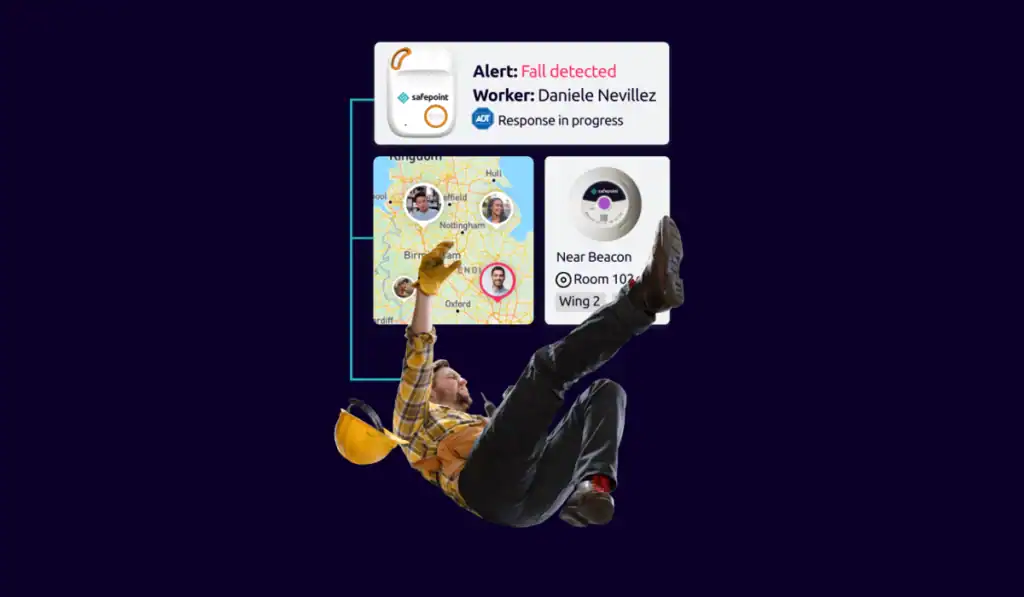
No matter what steps you take, work can never be made 100% risk-free.
If you have mitigated all the risks flagged in your assessment, provided good training and necessary PPE, and fostered a healthy Safety Culture, you may still be concerned about what happens when a genuine dangerous incident occurs.
Safepoint provides solutions for workers that are in higher-risk roles who may need to call for help or raise the alarm. In this, we are uniquely positioned to talk about solutions for at-risk workers –particularly those who work alone, late at night, with the public, in remote areas, or with hazardous equipment.
In this section, we’ll talk about how SOS devices, live location monitoring, and smart building technologies can work to keep workers safe in and out of the workplace.
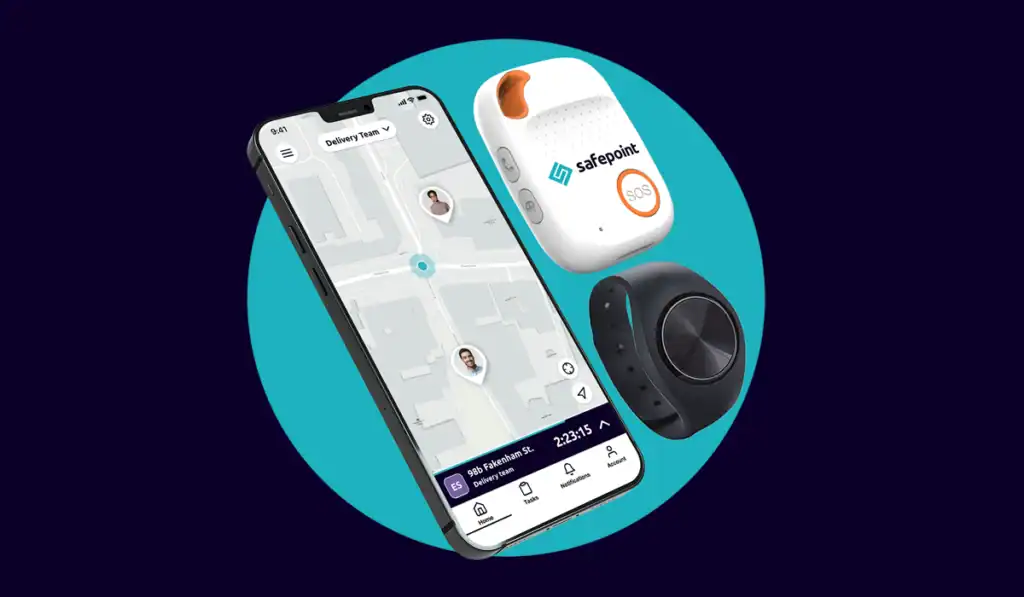
If your staff work alone –whether they’re driving, on the street, in an office or factory, or in a remote location– their level of risk is increased.
The UK, Ireland, Australia, New Zealand, and some parts of Europe and Canada, all have specific “lone worker” legislation that reflects this extra risk. Some sectors and regions in the USA also have specific legislation protecting those who work alone. For instance, several states have laws requiring hotel cleaning staff to be equipped with SOS devices.
Safepoint provides two main SOS solutions for workers:
Note: providing a dedicated SOS device is not a replacement for risk assessments, training or hazard mitigation –but should be seen as an important safety net for those who are still at risk despite taking all these steps.
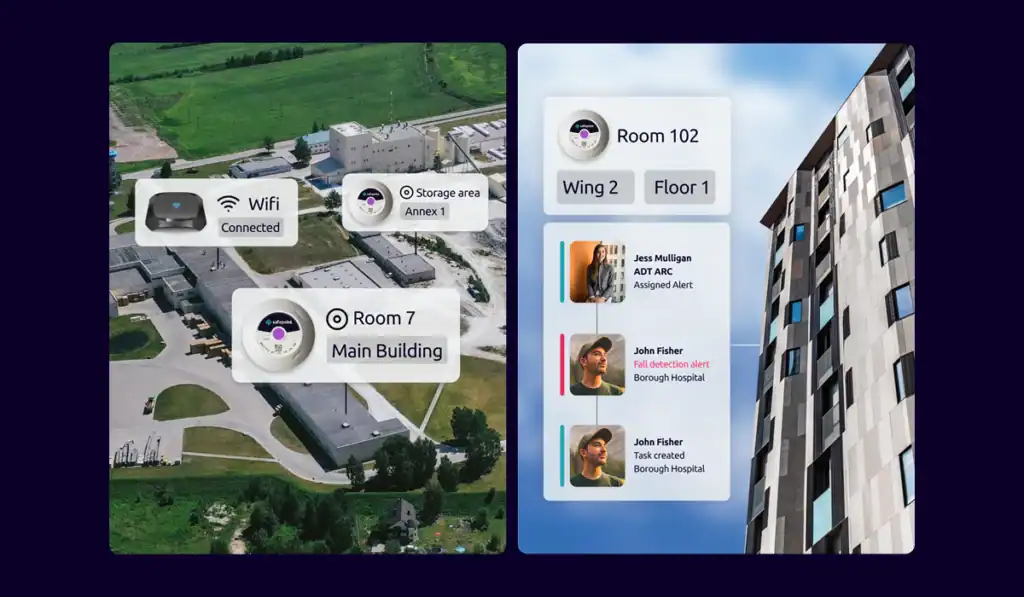
When people think about working alone, they often imagine “working remotely”. While many lone workers (such as agricultural workers, delivery drivers, utilities workers, etc.) do indeed work in remote locations, many work indoors.
When working on your Safety Management System, it is important to consider isolated staff who work indoors, as well as out. Some examples include:
In these examples, a staff member may be “on site” in their normal workplace, and yet may still be at higher-risk of injury or hazard. When you’ve tried to mitigate every risk to the best of your ability, you should think about how a staff member would raise the alarm in the case of an emergency.
Safepoint have worked with many companies to provide more intelligent safety to their premises. Not only do we equip workers with SOS devices and apps, we also provide tailored alarm-positioning systems that can help provide faster, more accurate responses.
In the case of hotel cleaners (who face proportionally high rates of assault), we have not only provided wearable SOS devices, but also hotel-wide location beacons. These beacons help us pinpoint the exact room an alarm has come from (such as “Floor 5, Room 501”) and allow us to send an expedited emergency response.
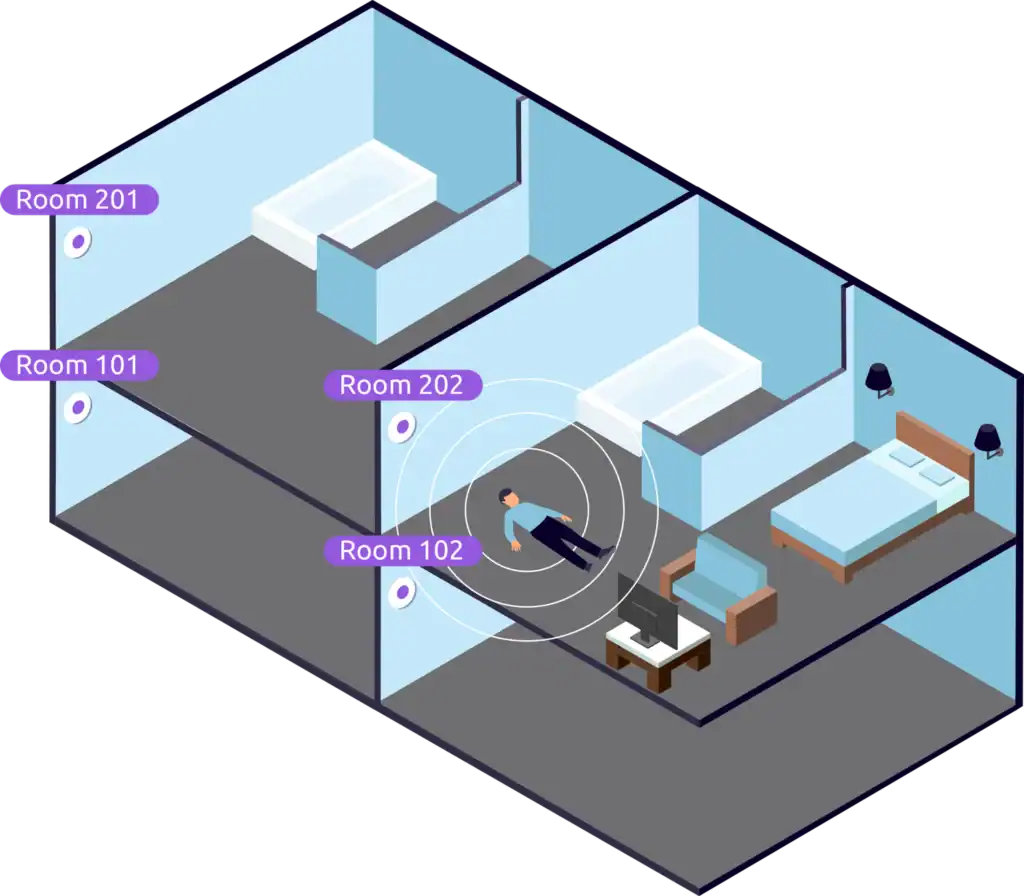
Similarly, by implementing a Beacon and wifi network, we were able to provide comprehensive safety support across a large, remote, multi-building warehousing site.
Not only were we able to break up the site into manageable zones, but we were also able to digitally flag hazards, so we would know if an alarm was triggered near a piece of dangerous machinery, for example.
Embracing these new technologies can play an important role in providing much-needed emergency support to your staff. If you’re concerned about how your company could manage a true emergency situation, talk to us about our SOS alarms, safer-building solutions, and 24/7 safety monitoring.
If you’re committed to organisational safety, a Safety Management System may be for you.
Safety Management Systems are best for larger and more complex organisations, but the lessons can benefit institutions of all sizes. Focusing on continuously evolving risk management, and baking in safety as part of your company’s culture is always smart.
In this article, we hope we’ve given you a clear overview of Safety Management Systems and how threat-to-life and point-of-emergency tools such as SOS alarms and location beacons can play a role.
If you want to discuss how SOS devices, live safety monitoring, emergency response processes and other emergency management tools can work with your Safety Management System, get in touch!
Award-winning safety management tools and a fully accredited response team.